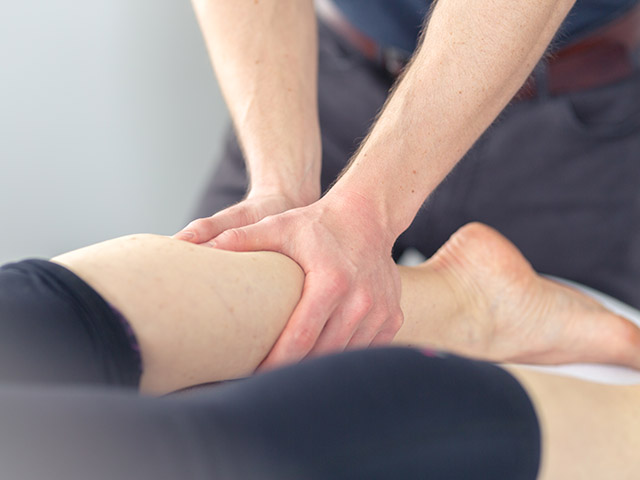
30 Oct Sporting ACL Injuries
With the women’s football World Cup and rugby World Cup events this year, there is often an ACL injury that will be discussed, whether historical or present. We all know these are serious injuries sustained by athletes and can end careers, but what is the ACL and why is it such a big deal?
The anterior cruciate ligament runs diagonally across the middle of the knee and controls the movement of the femur (thigh bone) and tibia (shin bone) as they sit on top of each other and stops the tibia from sliding forward. It also provides rotational stability of the knee.
It is frequently seen in rugby and football as there is a fixed foot with studs and a significant twist with rapid direction change or impact with a tackle or challenge. It is also frequently seen in skiing as well, but can occur with any activity where the foot is fixed and there is a large enough force.
Often you will know very quickly it is an ACL rupture as there is immediate boggy swelling and an athlete will certainly not be able to continue. Unfortunately, it is not uncommon for there to also be damage to the medial meniscus (cartilage in the knee) and the medial collateral ligament on the inside of the knee as there is so much force involved in this injury. This is known as the “unhappy triad”. Partial tears of the ACL are also possible.
Many people will require surgical repair of the ACL which usually involves a hamstring tendon graft, dependent on your level of activity and symptoms you are experiencing. However, not all ACL ruptures require surgical intervention, many people can function very well and have little or no issues with their knee depending on what their needs are.
You will most likely be seen in hospital and referred to orthopaedics where they will advise you on immediate intervention required for your injury. Physiotherapists will likely be involved early to provide prehabilitation to regain strength, range of movement and improve your gait after your accident. This is an important step prior to surgery if indicated.
Following surgery there is usually a significant period of rehabilitation gradually building up movement, balance, strength and eventually returning to sports.
ACL surgery success is heavily dependent on the rehabilitation process before and after with physiotherapy being a huge part of this.



No Comments